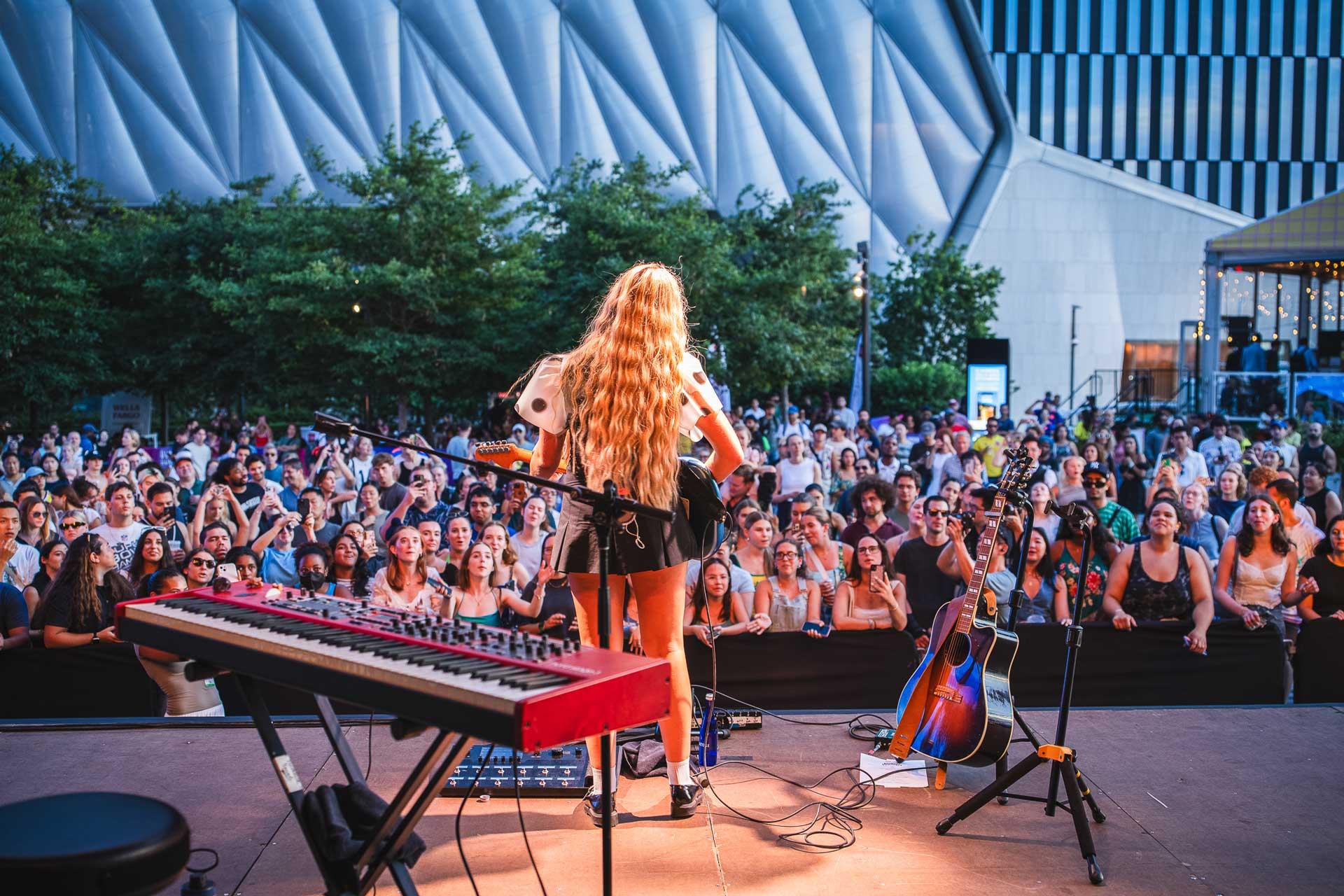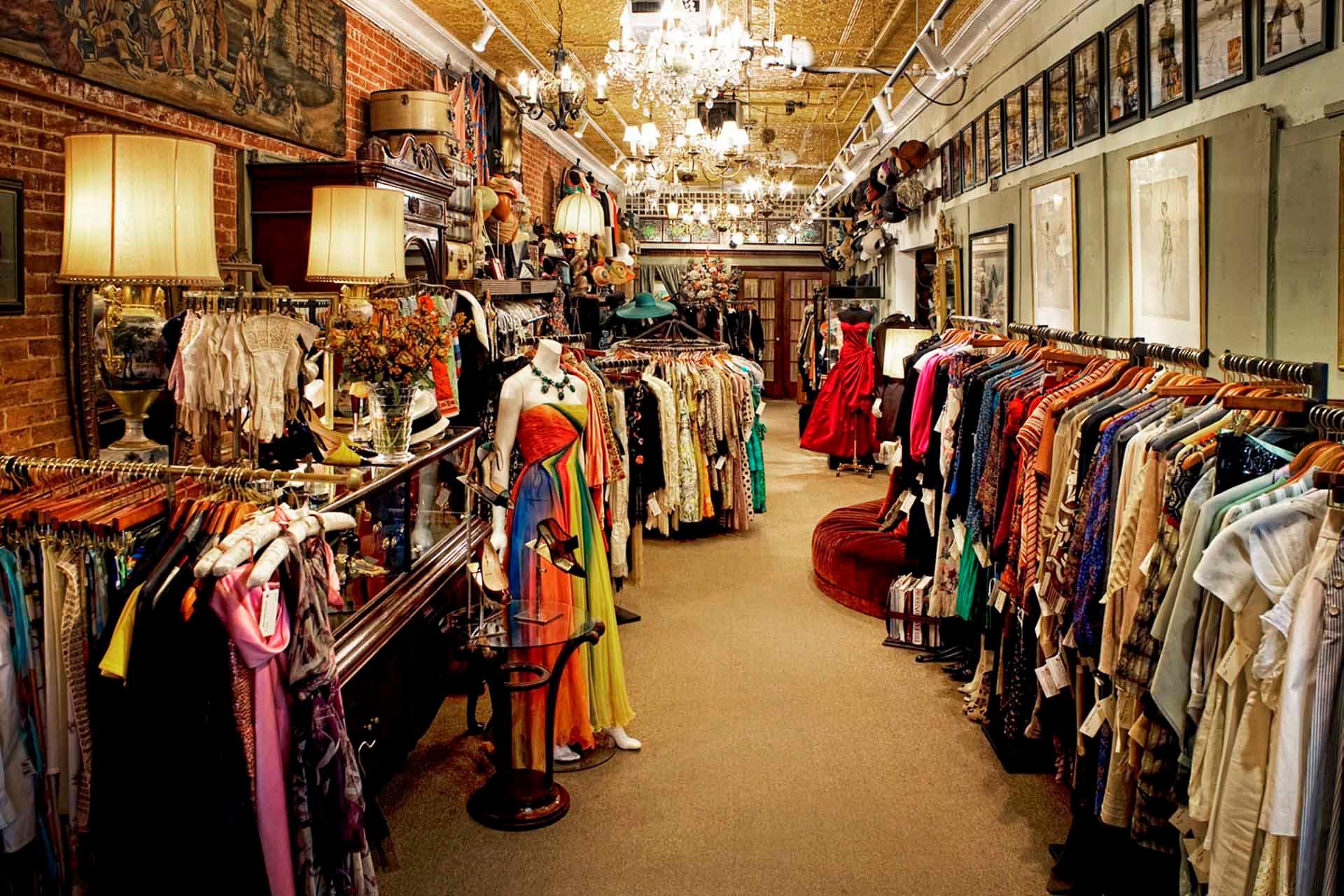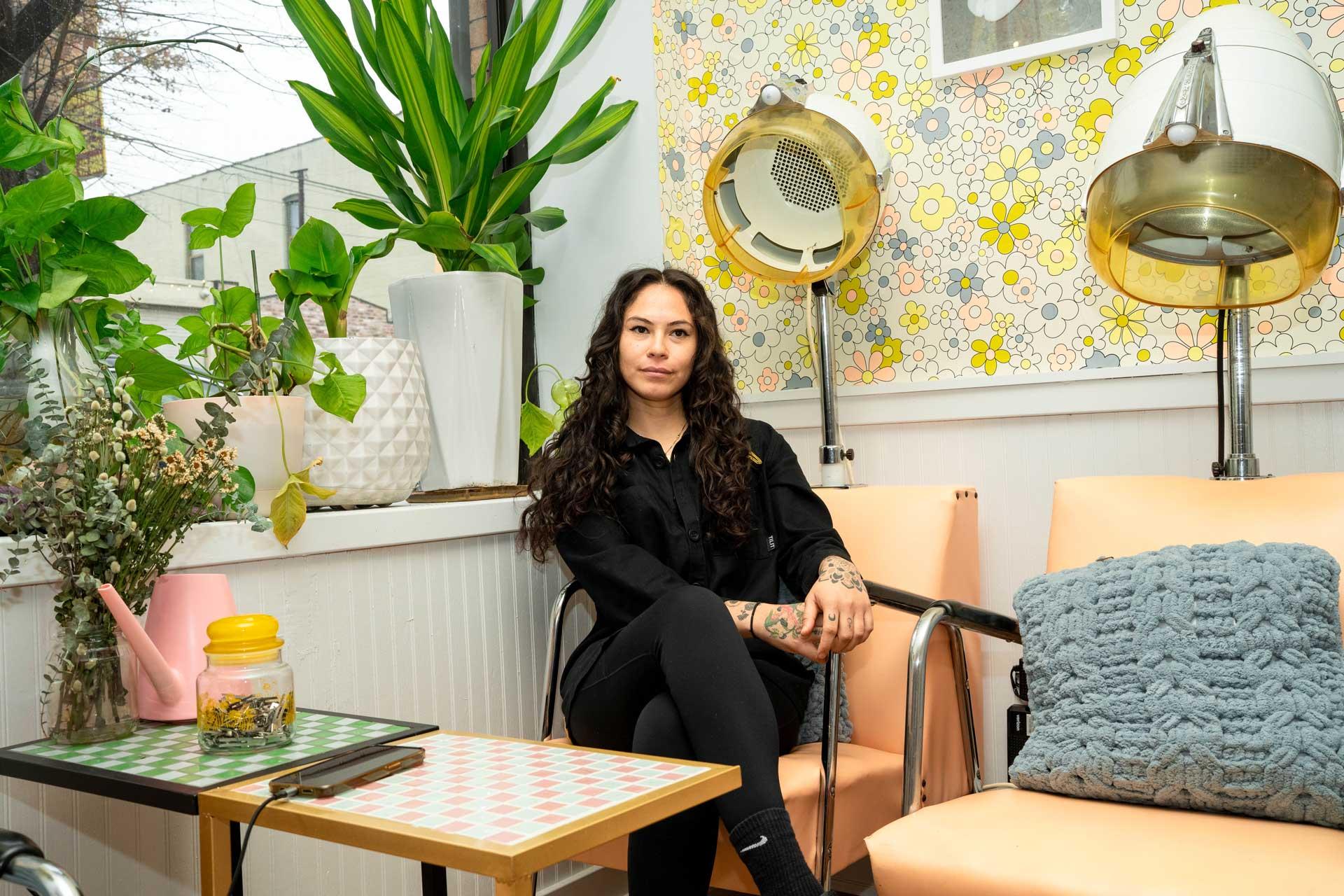New York City parks can serve many purposes: as communal gathering places or getaways for solitude, functional spots for a picnic or destinations unto themselves. They can also be sites for important pieces of history—think Bowling Green, established in 1686 as the City’s first public park. Or think, more recently, about the Bronx’s Cedar Park and its importance to hip-hop’s birth.
While NYC’s roughly 2,000 parks (the count varies according to different sources) are a part of the metropolis’ fabric, for hip-hop—a culture born in the City’s northernmost borough and propelled by the innovations of Black and brown youth—parks have been even more foundational: both a necessary part of its origin story and an ongoing lifeblood for the culture. Read on to find out why.
Parks in Early Hip-Hop Culture
On August 11, 1973, Cindy Campbell and her older brother, Clive—popularly known as DJ Kool Herc—hosted a “Back to School Jam.” The party took place at 1520 Sedgwick Avenue, in the Bronx; Cindy rented out the building’s recreation room and wrote invitations, while Herc’s job was to entertain guests on the ones and twos (the turntables, that is).
During the party, Herc showed off his skills, using two of the same records to isolate and prolong the breakbeat—a technique that would essentially become the foundation for hip-hop music. As the story goes, the teenage DJ also got on the microphone and gave shout-outs to familiar faces. Later Coke La Rock, a good friend of Herc’s, began rapping. The siblings had to move the festivities, which were over capacity, to Cedar Park, less than a mile away. Today, 1520 Sedgwick and Cedar Park are etched in hip-hop history.
The notion of the “outdoor jam” began to spread. The following summer, Herc, who had grown in popularity (in part for his powerful speakers), headlined a block party. Many pioneering DJs followed suit, spinning in local parks by plugging their equipment into streetlights (for electricity) and blasting music. Grand Wizzard Theodore worked on his scratching technique at schoolyards in Morrisania, and Grandmaster Flash hosted outdoor jams in similar spaces. Grandmaster Caz (then known as Casanova Fly), who was influenced by Herc and deejayed in parks, recounts an evening when he and DJ Disco Wiz thought they short-circuited a block’s electricity. Rather, they were experiencing NYC’s blackout of 1977.
The Practicality of Parks
The fact that public parks were critical to the growth of hip-hop culture makes sense. The creators of hip-hop were teenagers who lived in underserved neighborhoods. They weren’t old enough to patronize nightclubs and had limited budgets. They couldn’t afford rental fees to host their jams. Parks offered rent-free spaces with plenty of access, good for drawing large audiences. Neighborhoods tended to be under-policed, so any noise complaints remained a low priority for the authorities.
Today there are more regulations in place, so the frequency of park jams has decreased. Getting permits is a must, especially for any amplified sound. DJs certainly cannot plug their equipment into a lamppost. While any contemporary hip-hop “jams” in the park must be much less extemporaneous, New Yorkers, especially the youth, still use parks as a place to commune and hold events rooted in hip-hop culture.
How Hip-Hop Culture Thrives in Parks Today
The spontaneity of the events may have been curbed, but hip-hop remains closely connected to parks. Brooklyn’s Fort Greene Park and Prospect Park host cultural and musical events including The Lay Out and, until recently, Curlfest (the latest was held at Randall’s Island). St. Nicholas Park, in Harlem, is a frequent base for the music and dance party Sundae Sermon, while HBCU Springcoming takes place in the neighborhood’s Riverbank State Park. All these celebrate Black music, culture and community.

SummerStage Festival. Photo: Merissa Blitz
The City Parks Foundation runs SummerStage, a concert series that, among its many offerings, features hip-hop shows in parks throughout New York City. Some notable moments have included the late rapper Prodigy at Queensbridge Park; Illmatic rapper Nas, who performed in Manhattan’s Central Park; and “Sound of Da Police” rapper KRS-One, who played Coffey Park in Brooklyn. In the summer of 2022, Mayor Adams launched Rise Up NYC, a series of hip-hop concerts in parks across the boroughs; the program is taking place again in 2023.

Crispus Attucks Playground. Courtesy, NYC Parks
The parks find other ways to honor the genre. In 2013 Brooklyn Heights’ Adam Yauch Park was christened in honor of the late Beastie Boy. In 2017, the basketball courts at the Crispus Attucks Playground in Brooklyn’s Clinton Hill were named the Christopher “Biggie” Wallace Courts; the same year the court at Holcombe Rucker Park, in Harlem, were renamed for Greg Marius, the MC (of the Disco Four) who started the classic tournament in 1982.
Those looking for a taste of old-school hip-hop can head to Union Square Park on Fridays (8pm to midnight) from May to November. At that time, Legendary Cyphers, a freestyle rap group founded in 2013, meets to rhyme and battle, welcoming “walk-ins'' as well as a regular rotation of emcees.
Starring Roles in Hip-Hop Videos
Another way parks have remained relevant to hip-hop’s story is through their repeated use in music videos. They’ve served as locations and sets for many promotional pieces—particularly in the 1990s. Beyond being natural symbols to represent neighborhood pride, some parks have very identifiable landmarks that make great backdrops.
The following videos are a sample of those that feature NYC parks:
“99 Problems,” Jay-Z; park at Marcy Houses, Brooklyn
“Award Tour,” A Tribe Called Quest; Unisphere, Flushing Meadows Corona Park, Queens
"Deja Vu (Uptown Baby),"Lord Tariq & Peter Gunz; park at Soundview Houses, the Bronx
“Dipset Anthem,” The Diplomats; unidentified park in Harlem, Manhattan
“Flava in Ya Ear,” Craig Mack; Unisphere and New York State Pavilion, Flushing Meadows Corona Park, Queens
“ Wu-Tang Clan; park at Berry Houses, Staten Island
“Jeeps, Lex Coups, Bimaz and Benz,” by the Lost Boyz; Montbellier Park ("The Bello"), Jamaica, Queens
“Made You Look,” Nas; Rucker Park, Harlem, Manhattan
“Mo Money Mo Problems,” The Notorious B.I.G. featuring Puff Daddy and Mase; Unisphere, Flushing Meadow Corona Park, Queens
“New York,” Ja Rule, Fat Joe and Jadakiss; park at Baisley Houses, Queens, park at Forest Houses, the Bronx, and unidentified park in Harlem, Manhattan
“Round Here,” Memphis Bleek; park at Marcy Houses, Brooklyn
“Survival of the Fittest,” Mobb Deep; Queensbridge Park, Queens
“Work,” A$AP Ferg; Rucker Park, Harlem, Manhattan
“Work Out,” J. Cole; Dean Playground, Prospect Heights, Brooklyn






